Now the presence of a good camera in a smartphone does not surprise anyone. But once upon a time, in order to get a good picture from a phone, it was necessary that a good photomodule was built into the phone. And there were times when manufacturers were not shy about experimenting and released some kind of “phone + camera” hybrids on the market. True, with the development of computational photography and the general race of megapixels, all these smartphones have already been lost in history. In this article, I decided to stir up this story a bit, and remember which camera phones were produced at different times in order to understand exactly how we came to the current situation in smartphone construction. This article is not completely correct, as it expresses only the experience and knowledge of the author. In addition, most likely, I will skip a number of models in the list, out of ignorance or forgetfulness. Therefore, I will be very glad if you can supplement this article with your examples and experiences in the comments.
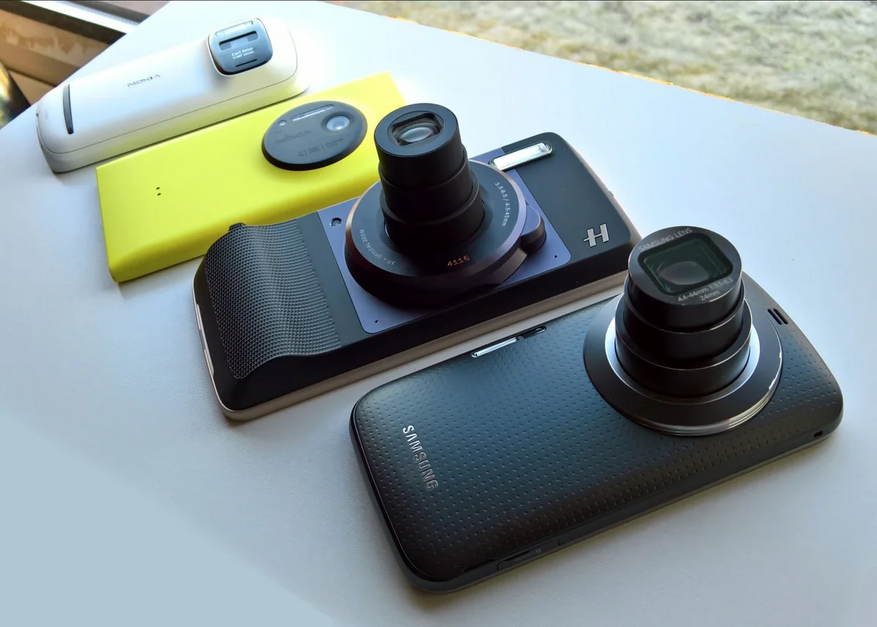
And before we start, let’s define the term “camera phone” itself. In the subtext of the article, a camera phone is a device that at the time of release has optics that are significantly superior in quality and characteristics to its main competitors. In addition, as a rule, the marketing company and the focus of such gadgets have always put photographic qualities in the first place: more megapixels, optics, zoom, flash, etc. I also refer to camera phones devices, the so-called “hybrids”, in which the manufacturer combined both a phone and a camera in one carcass. And the market has seen a sufficient number of such devices at different times.
Well, since we started talking about camera phones, it is worth mentioning the world’s first phone with a built-in camera. It was the Kyocera VisualPhone VP-210 , which went on sale in 1999. True, before that there were attempts to make phones with a camera from other companies, but it is the VisualPhone VP-210 that can be called the first commercial device with a built-in camera.

By today’s standards, the camera features in this phone seem simply ridiculous: the resolution is 0.1 megapixels. And the phone itself could store as many as 20 pictures. This phone was designed for video communication, and could take video at two frames per second, besides, the camera itself on the phone was located in the front. And as such, this phone was not a camera phone, since it is not very convenient to shoot with a camera located in front.
But the first phone with a camera placed “as it should” can be safely called Samsung SCH-V200 . With a rotating camera, which could already be positioned as it should.
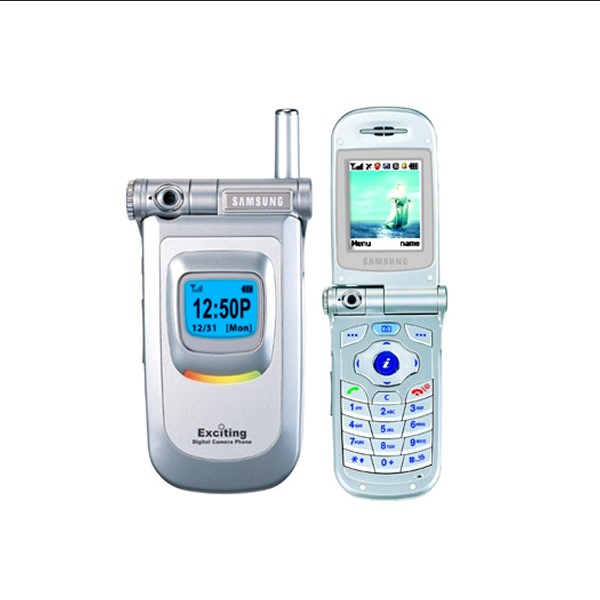
Samsung introduced a trend, but at first they did not lead in it (although now the cameras in Samsung devices are, in my opinion, one of the best, of course, if we talk about the company’s flagships)
But I would not call Samsung SCH-V200 a camera phone either. But I would call Sony Ericsson K700 a really mass device that was taken, including because of the quality of the cameras at that time.
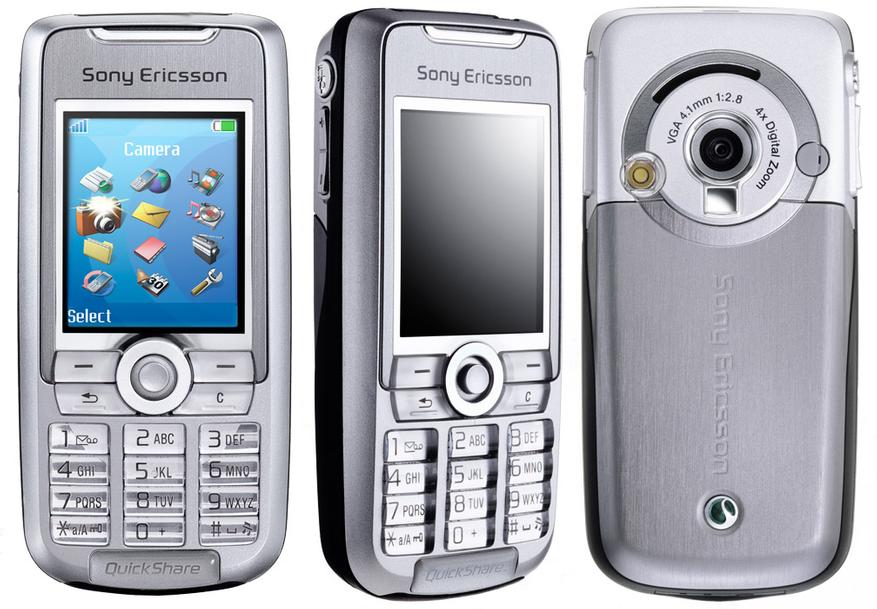
This phone entered the market in March 2004, and offered the buyer a camera as much as 1.3 megapixels. In addition, it was a very massive phone. The camera itself at that time was called VGA and took pictures with a resolution of 640 * 480 pixels. At that time, marketers didn’t even think about starting a megapixel race, so now, after some time, it’s quite difficult to find information about the number of megapixels in the Sony Ericsson K700 camera.
The next camera phone to be released to the market was the Sony Ericsson K750i . There was already a 2MP camera module here, and for 2005 the image quality was simply excellent.
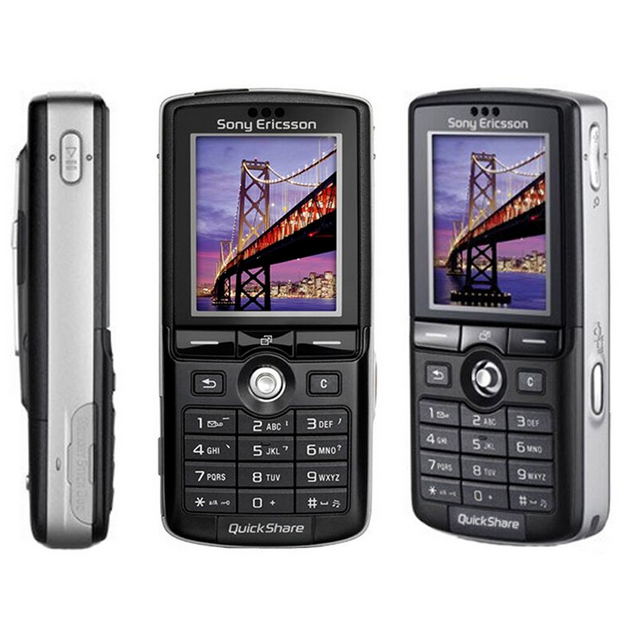
In addition, the device supported memory cards, and potentially it could fit a lot of photos. And also music. And at that time, this phone provided the owners with a truly extensive functionality. Could replace the player, and the camera, and even the game console. Not to mention instant messengers and WAP browsing, which was popular at that time. Well, you could call from him, where without it.
Looking at the success of camera phones from Sony Ericsson, Nokia entered the fray. And in 2006, it introduced to the market a truly revolutionary Nokia N93 camera phone with a photo module as much as 5 megapixels and optics from Carl Zeiss.
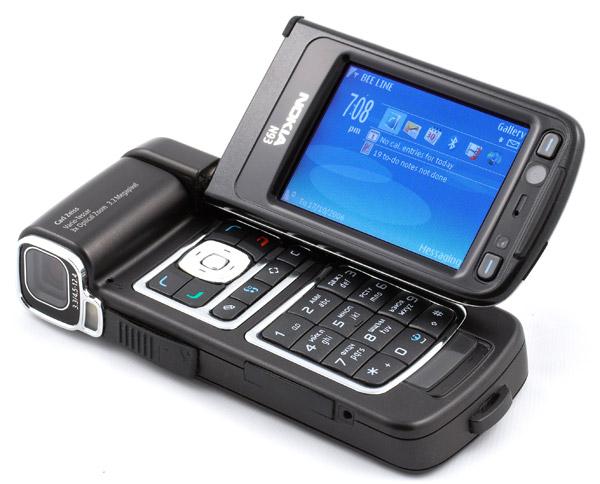
In addition, this particular phone can rightly be called the first camera phone. Since thanks to the shape of the transformer, the phone could be used exactly in the form of a camera, which they were at that time. L-shaped, with a screen for the operator and a handle body, with a built-in filling.
Then the megapixel race began in the market. Smartphones came out one by one, and the main slogan at that time was “bigger, more powerful, more bizarre.” Manufacturers did not hesitate to experiment with the shape of phones. They produced clamshells, sliders, transformers. The market was relatively young, and each new product was popular in one way or another. But in terms of cameras, there were no special revolutions during this period. Each novelty was produced with cameras from 2 to 5 megapixels, and at the same time it became clear that the quality of photographs is affected not only by the number of these same megapixels, but also by the quality of optics. And that was the golden age of Nokia and Carl Zeiss. For the most part, they were the ones who ruled the ball, and the best pictures could be taken on Nokia phones.
The first news that the megapixel race continues was the release of the LG KC910 phone at the end of 2008. Which had a camera already installed at 8 megapixels, and the resolution of the photos was 3264 × 2448 pixels.
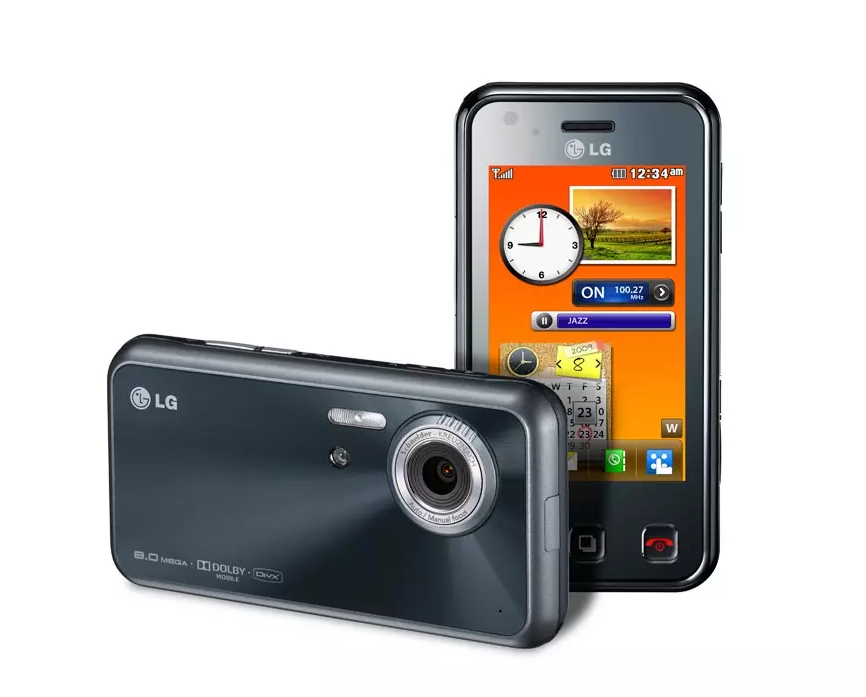
This phone came out in the form factor already familiar to us. Since 2008, it has become the most popular: a shovel ( then still a shovel ) with a front screen and buttons below, and a camera at the back. True, despite the impressive 8MP, this phone actually lost Nokia phones in photo quality. And he never became either a legendary or a recognized camera phone. And it remained in history only as a phone first released with an 8 megapixel camera.
Well, in 2009, the first hybrid from Samsung was released, which was a crossing of a camera and a phone. It was a Samsung PIXON12 with a 12 megapixel photomodule. It was at this time that Samsung entered the megapixel race fully.

This phone had the form of a full-fledged soap dish. And if from the front side it looked like a telephone, then the back side was no different from the camera of those times. In addition, around the same time, work began on software image processing. And this subsequently stopped the megapixel race. But I’m getting ahead of myself.
The next key model in the camera phone market was Nokia 808 , which was released in 2012, and simply bent all manufacturers by bringing a module to the market with a simply crazy 41 megapixels.
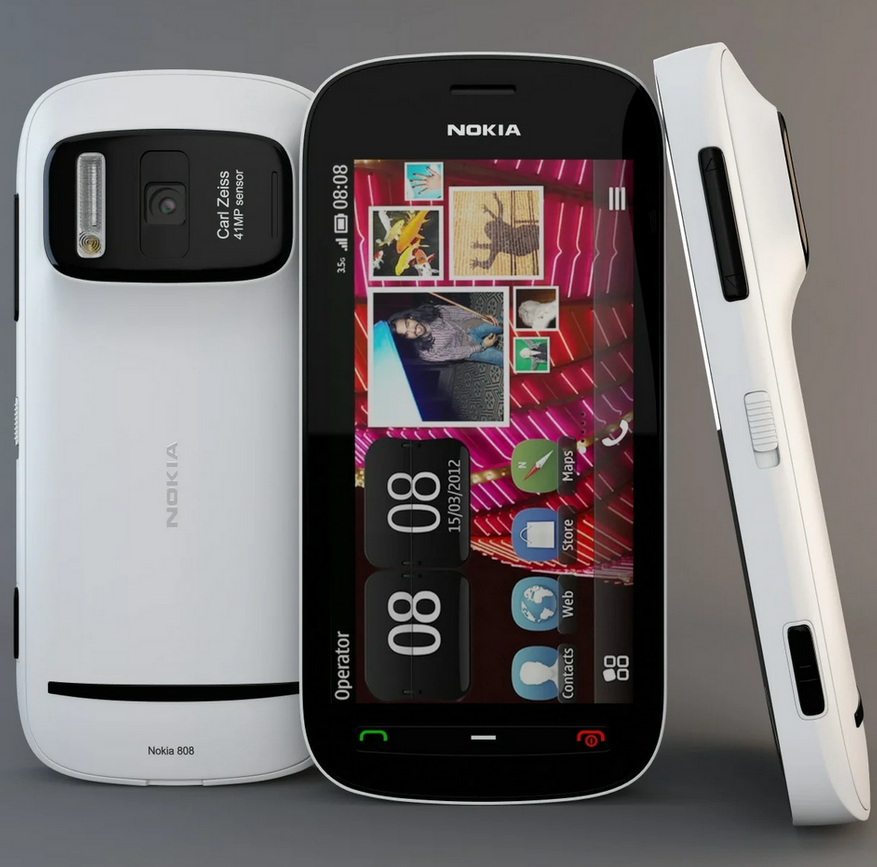
At the same time, the optics was created jointly with Carl Zeiss, and this phone set the bar in the photographic plan for several years to come. Even by today’s standards, the Nokia 808 takes decent photos, let alone 2012. I personally remember dreaming about this phone. True, in 2012 there was another significant event, it was already the time of the decline of Symbian. And despite the successful sales of new items, she could not save the company. After all, people bought a phone not only for taking pictures. In addition, around the same time, the market was already being captured by Apple with might and main. And also thanks to the growing quality of photomodules in each new product.
The next camera phone released to the market was the same Nokia. But now it was the Lumia 1020 , released in 2013, with the then-new Microsoft Windows Phone 8 operating system.

It was a full-fledged camera phone. But, unfortunately, it never became popular. Since at the same time the Iphone and Samsung with their Galaxy series were already being sold with might and main on the market. As a result, Nokia, having actually released a camera phone, was not able to sell it normally. These devices were of little use to anyone. And they had a lot of problems. In addition, the Windows Phone OS did not gain popularity, despite the prospects available at that time. Well, this model was finally buried by the fact that at about the same time, the Samsung Galaxy S4 Zoom smartphone entered the market:

Although, to be honest, despite its attractiveness, this device was not very popular. Although it became quite noticeable in the context of camera phones. A 16MP camera was installed here, with full-fledged optics. And this phone combined in fact two gadgets: a full-fledged camera with an optical system, and a full-fledged smartphone, with a fairly flagship filling.
Despite not the biggest success, Samsung did not stop, and in 2014 released Samsung galaxy zoom s5 , as a continuation of the line of camera phones.
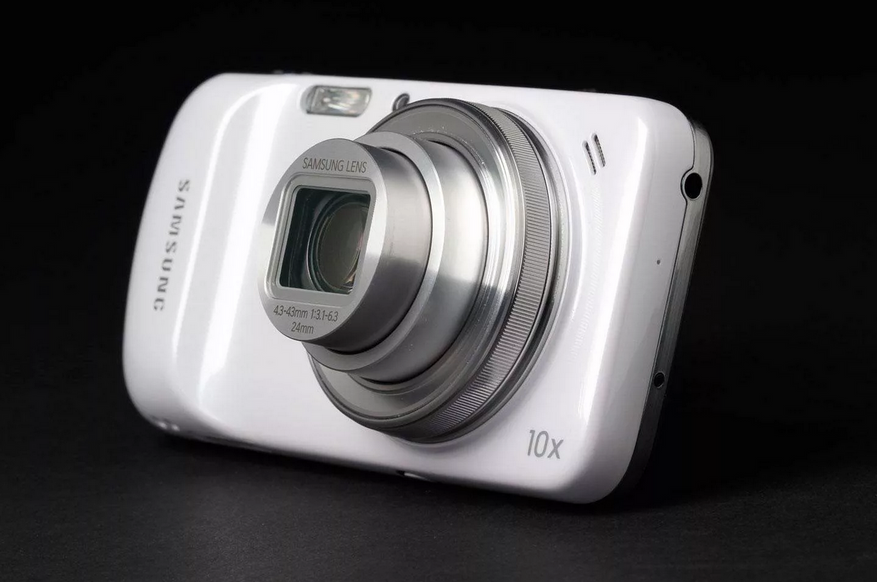
In terms of hardware, it was the flagship Samsung Galaxy S5 with a 19-megapixel camera built into it. But by this time the market had already completely divided into those who use a camera, and those who have enough of a regular camera in their phone. Since by this time the quality of mobile photography has grown significantly, and already covered the needs of most users. And in fact, it is the Samsung galaxy zoom s5 that can be called the last camera phone on the market. True, recently Sony has been trying something in this direction together with Carl Zeiss and Leika. As an example, the Sony Xperia 5 III phone. But the device is overpriced and mediocre characteristics with a bunch of children’s sores. And it stands out among competitors just like a camera phone, since there is nothing else to stand out. But I’ve run into this completely these days. Although, to be honest, after the release of Samsung galaxy zoom s5, I really can’t remember camera phones, and Google too. And in fact, with the increase in the quality of mobile photography, the very concept of a “camera phone” has become no longer relevant, and the quality of cameras in smartphones has become just one of the parameters that influence the choice of a particular model. But most often this parameter is not the key.
Conclusion:
With the development of cameras in smartphones, at one time an interesting offshoot of phones towards hybrids for photographers disappeared. But I think it’s important to keep in mind how mobile photography has evolved, and which phones and smartphones have contributed to it. Above, in the article, I described the key models in my opinion. Perhaps this list is not complete, as there were other phones with really high-quality photomodules. For example, Nokia N95 and Nokia N82, LG G4, Sony Xperia Z and others. The same Motorola at one time could well boast of interesting models, and there were also external camera modules Sony QX10:
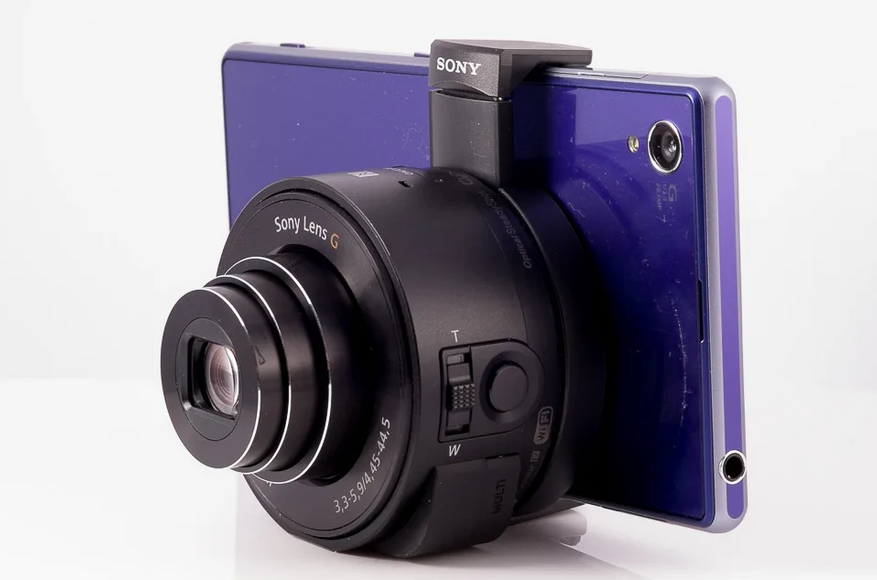
All this was very interesting. But the market, unfortunately, voted in rubles, and now cameras are just cameras. Good or bad. But as a rule, they suit users with their quality. And now with the development of technology, any flagship is in fact a “camera phone” and not only. And I think that even if manufacturers now decide to release something similar, for example, on the Samsung Galaxy S4 Zoom, the market will not accept it. Buyers are not ready to pay for an expensive photomodule, which will not greatly benefit from conventional cameras in phones. This is well proven by the Xperia line from Sony. In addition, judging by the statistics, the market at this time generally refuses cameras as separate devices. No one is interested in the battles between Canon and Nikon anymore. The market was taken over by Sony and Fujifilm with their mirrorless cameras, leaving the photo monsters in the background. But even these manufacturers cannot boast of sales, because people perceive the camera in the phone as something ordinary. Smartphones have tightly occupied the niche of cameras, and they rule there with might and main. Well, “camera phones” are now just a part of our interesting history.
PS I really hope that you liked the article. Write in the comments if you owned the gadgets described above, or if you own them now. Well, also write what models you would add to the list of camera phones that influenced the mobile photography industry as a whole. I would like to hear an alternative opinion.




